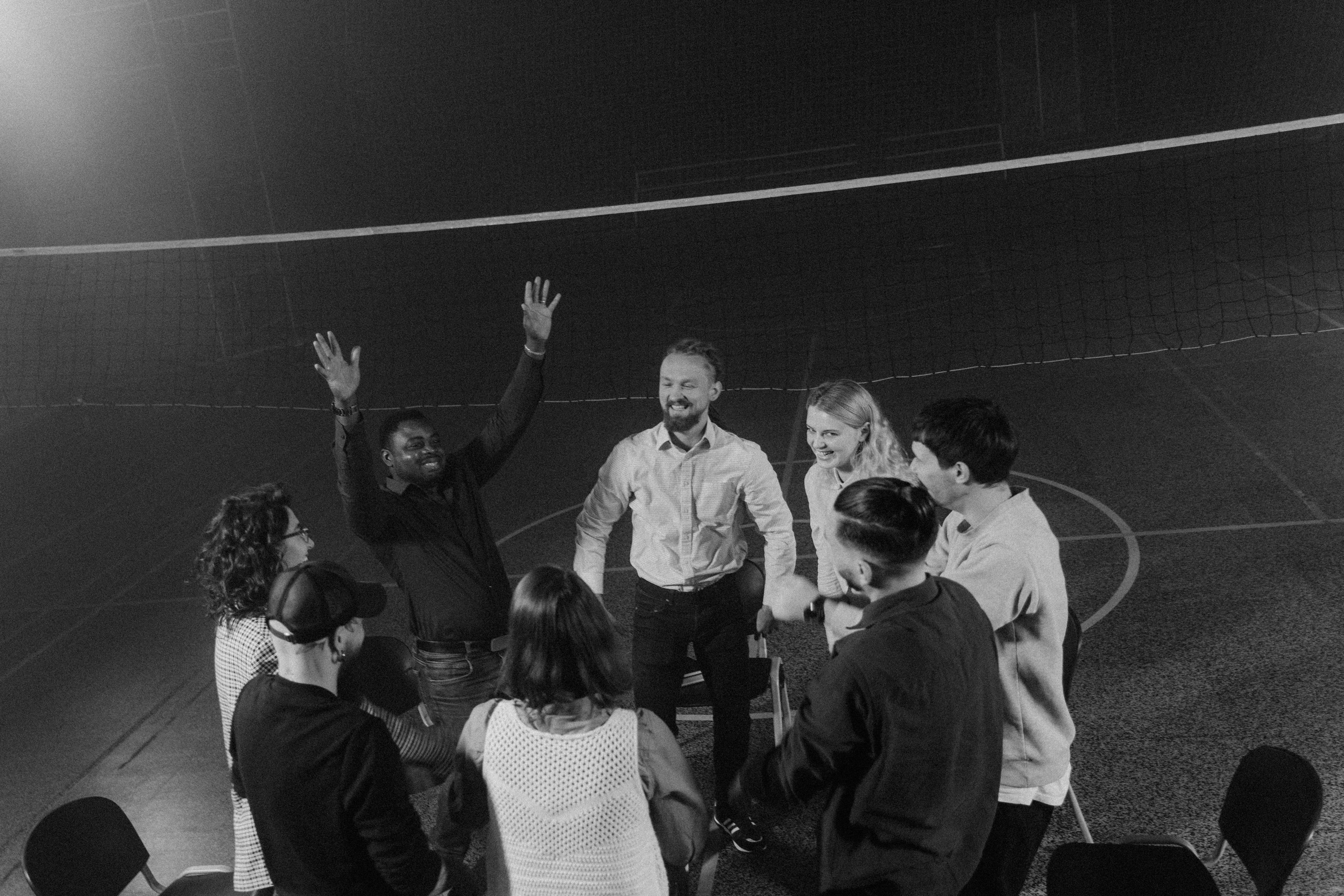
Heat stroke and heat exhaustion
It’s not often that we have to worry about heatstroke in this country, but this month of May was the driest on record with a record number of hours of sunshine. It can be quite easy for fair-skinned people to get heat exhaustion or heat stroke.
Heat stroke and heat exhaustion are two similar illnesses caused by the breakdown of different mechanisms in the body.
Heat stroke, also known as heat stroke, occurs when the body’s ability to stay cool fails due to prolonged direct sun exposure to the head. The result is dangerously high fevers and hot, red, dry skin. Pulse and breathing are very fast due to high fever. The person feels hot and weak, and the face becomes very red. Headaches, dizziness, and listlessness are signs of impending heat stroke. Nausea and vomiting are accompanying symptoms. Heat stroke is very serious and should be treated as a medical emergency. Take immediate steps to cool down the body. If the temperature is dangerously high, be careful not to let temperatures drop too low.
In heat exhaustion, the body collapses due to excessive fluid loss from sweating too much and drinking too little. It doesn’t necessarily have to be a very sunny day. Unlike heat stroke, the skin is pale, cool, and clammy. There is no fever. The blood pressure is low and the pulse is slow and weak. Sudden drenched sweats signal the onset of heat exhaustion. Anxiety, weakness, and fatigue arise long before collapse. Heat exhaustion is much less serious and through it also needs to be carefully monitored.
Both heat exhaustion and heat stroke are easily prevented with simple measures. Intense exercise in the sun and heat can easily lead to exhaustion and heavy sweating. If exercising in the heat cannot be avoided, it is of the utmost importance to drink sufficient fluids with sufficient minerals, particularly salt. Myself, in very hot weather I always take ½ teaspoon of salt every day with a glass of water, but I tend to lose a lot of salt.
Clothing should be loose and airy enough to allow the skin to sweat to keep the body cool. Children, the elderly, and the frail convalescent are most susceptible to the dangers of heat. Alcohol also reduces the body’s ability to respond properly to heat. Circulatory collapse as a result of staying too long in the heat will lead to heat exhaustion. In this case, the venous system collapses, allowing very little blood to return to the heart and brain. It is best prevented by walking. If the person feels dizzy or really fails, laying them down with their legs raised should help. Women with low blood pressure and a poor venous system are the most susceptible.
Stay cool in hot weather by eating refreshing fruits and vegetables, like watermelon, pineapple, and cucumber. Real lemon juice added to cold water and a tablespoon of honey is great for excessive heat and sun exposure.
Tissue salts are very useful for taking too much sun.
Take four tablets under the tongue every half hour until the person feels better. Nat Mur is useful for the bad effects of too much sun, for headaches and drowsiness.
Ferr Phos should be taken for fever and congestion of the head with throbbing sensations.
The homeopathic remedy Belladonna is beneficial if the skin is hot and burning and the head throbs with pain.
Enjoy the good weather!